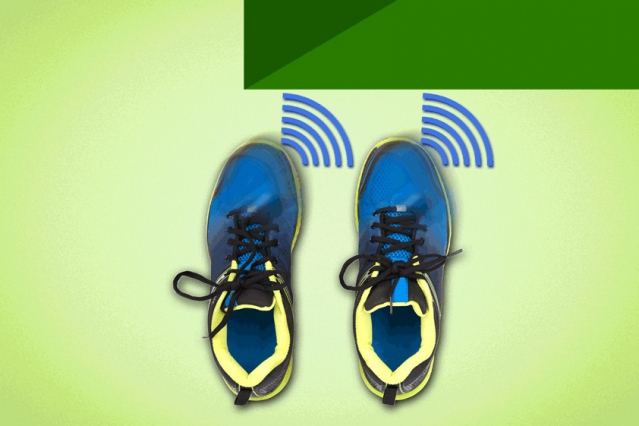
Vibrating shoes could help astronauts avoid falls in space
Even without gravity, astronaut falls in space are hazardous — increasing the risk of missions and even causing physical harm. Astronauts have to navigate the bulk of their pressurized spacesuit, which can consume time and oxygen reserves, and falls can cause damage to their suits.
Most falls in space occur because of the physical restrictions that spacesuits have on astronauts. To help minimize the hazards, researchers from MIT’s Department of Aeronautics and Astronautics (AeroAstro) and the Charles Stark Draper Laboratory in Cambridge, Massachusetts are now working on a space boot equipped with sensors and tiny “haptic” motors. The boot’s vibrations can help the wearer navigate obstacles.

The team’s work could also find applications in the design of navigation systems for the blind and visually impaired. Until now, there hasn’t been an efficient and reliable means of communicating spatial information to users.
“A lot of students in my lab are looking at this question of how you map wearable-sensor information to a visual display, or a tactile display, or an auditory display, in a way that can be understood by a nonexpert in sensor technologies,” said Leia Stirling, assistant professor of AeroAstro and an associate faculty member at MIT’s Institute for Medical Engineering and Science, whose group led the work.
According to Stirling, the team’s initial pilot study allowed her and her fellow team members to learn more about how to create a language for that kind of mapping.
For the pilot study, Alison Gibson, a graduate student in AeroAstro and first author on the paper, developed a device with six haptic motors around each of a subject’s feet — one motor each at the heel, big toe, and instep, and three motors along the outer edge of the foot. The intensity of the motors’ vibrations could be varied continuously between minimum and maximum settings.
To use the device, a person would place his or her feet in the device while seated in front of a computer. Software then asked the subjects to indicate when they felt vibrations and at what locations on the foot.
Based on findings from that series of testing, the researchers are now developing a boot with motors at only three locations: at the toe, at the heel, and toward the front of the outside of the foot — away from the middle location where stimuli sometimes didn’t register.
The researchers envision that the device would be effective when the motor at the side of the foot helps guide the user around obstacles. They will also be evaluating the haptic signals in conjunction with, and separately from, visual signals, to determine the best way to provide spatial information to the user.
“Trying to provide people with more information about the environment — especially when not only vision but other sensory information, auditory as well as proprioception, is compromised — is a really good idea,” said Shirley Rietdyk, a professor of health and kinesiology at Purdue University who studies the neurology and biomechanics of falls. “From my perspective, [this work could be useful] not only for astronauts but for firemen, who have well-documented issues interacting with their environment, and for people with compromised sensory systems, such as older adults and people with disease and disorders.”
Story via MIT.

Comments are closed, but trackbacks and pingbacks are open.